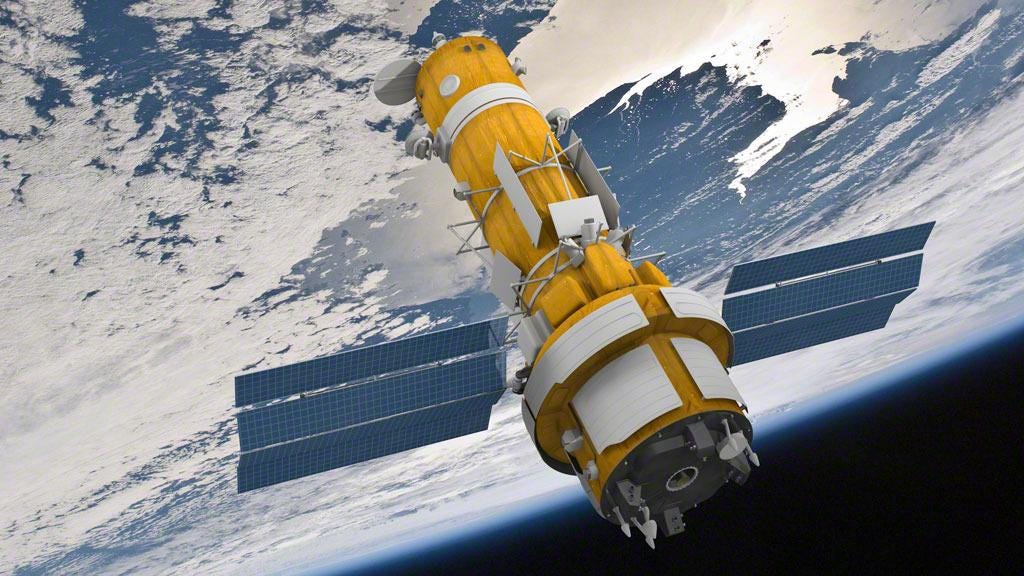Biden May Up Ukraine Intelligence-Sharing
Former top Obama envoy says Russian buildup prompting Biden rethink by
With some 100,000 Russian troops now massed on Ukraine’s eastern border, the Biden administration is leaning toward providing Kyiv with battlefield intelligence, according to a former senior NATO official briefed by administration officials.
Such a move would represent a significant escalation in the military aid that the United States has provided to Ukraine so far and underscore President Joe Biden’s determination to push back against Moscow’s efforts to intimidate or reassert its control over the Western-leaning former Soviet republic.“They are deeply, deeply, deeply concerned about what's happening,” Ivo Daalder, who served as the U.S. ambassador to NATO during the Obama administration, said of the Biden administration officials who briefed him on the Russian buildup of forces on Ukraine’s border.
Daalder said that, unlike a Russian troop buildup in the same region last spring, administration officials told him the current concentration of forces, as well as their night-time maneuvers and Moscow’s claims of Ukrainian provocations, closely resemble Russia’s military moves prior to its 2014 invasion and annexation of Ukraine’s Crimean peninsula.
“There is a real worry that something really bad is afoot,” Daalder, now president of the Chicago Council on Global Affairs, told me.
Until now, Biden has maintained former President Donald Trump’s policy of providing lethal military assistance to Kyiv. Over the past year, the United States has given Kyiv nearly $200 million in weapons, including short-range air defense systems, small arms, anti-tank weapons and naval patrol boats.
Douglas H. Wise, a former deputy director of the Defense Intelligence Agency, noted Trump’s motivation in helping Ukraine was personal—to obligate Kyiv to dig up dirt on both Biden and his son, Hunter Biden, as a way of improving Trump’s 2020 reelection prospects—while Biden’s assistance stems from a deeper understanding of how to deal with Russia.
Toe to Toe
“Biden finally realized something no other president has since Kennedy, and that's the fact you can't shame, cajole, manipulate, influence or otherwise change Russian behavior except by confronting them when they are being dangerous,” Wise told SpyTalk.
Under Obama, U.S. military assistance to Ukraine was restricted to non-lethal aid, such as blankets, field rations and first aid equipment, out of concern that any so-called “combat” assistance would upset the Russians and jeopardize their support for Obama’s top foreign policy priority, the 2015 Iran nuclear accord.
“Every time we did something, the Russians would signal their displeasure,” said Wise, who retired in 2016 as a senior CIA official after a 20-year Army career. “At one point we could not provide rations or boots/clothing because the word ‘combat’ was on the box, as in ‘boots, combat, 1pr.’”
Providing battlefield intelligence would involve sharing images and analysis of the Russian military buildup from U.S. satellites and drones, giving the Ukrainians a clear picture of the Russian forces massing on their border and their posture.
Wise added, however, that it was likely the Russians would intercept such intelligence reports.
“The reality is we would have to provide that with a high confidence it would get to the Russians,” he said. “That said, even if it went to the Russians fairly quickly, I&W [intelligence and warning] would still be useful to the Ukraine government.”
The first intelligence reports of the Russian military buildup appeared at the beginning of November, revealing the movement of armored units from bases near Moscow to the Ukrainian border. The reports, based on sattelite images, prompted Biden’s national security adviser Jake Sullivan to consult with NATO allies and other European partners.
Red Line
Around the same time, Russian Foreign Minister Sergei Lavrov warned of Ukrainian “attempts to carry out provocations. . . and drag Russia into some kind of combat.” Earlier, Russian President Valdimir Putin had characterized U.S Defense Secretary Lloyd Austin’s visit to Ukraine in October as paving the way for the country to join NATO—a red line for the Kremlin. Austin dismissed the claim.
Earlier this month, CIA Director William Burns visited Moscow and told Putin the United States has “serious concerns” about the Russian troop buildup on the Ukrainian border. A few days later, Secretary of State Antony Blinken warned Moscow against making a “serious mistake” in Ukraine.
In addition to the military assistance that the United States already provides Ukraine, NATO rotates four battalions of combat troops and armor to Poland and the Baltic states of Latvia, Lithuanian and Estonia.
More than a dozen Republican members of the House Armed Services Committee recently sent a letter to Biden, urging him to deploy U.S. troops to the Black Sea and supply Ukraine with a wider range of defensive weaponry, such as portable Stinger anti-aircraft missiles and Iron Dome air defense systems, along with battlefield intelligence.
Writing in The Hill, William Courtney, a former U.S. ambassador to several former Soviet Republics, said Russia’s intentions in Ukraine remain unclear. “But the West will be watching,” he said.
SpyTalk Editor-in-Chief Jeff Stein contributed reporting to this story.




No comments:
Post a Comment